Mark Twain National Forest Adventure: Your Ultimate Guide to Ozark Hiking, River Rafting & Camping
Looking for adventure in the Ozarks? Mark Twain National Forest in Missouri offers 1.5 million acres for hiking, river rafting, camping, and exploring caves. Discover scenic trails, pristine waterways like the Current and Eleven Point Rivers, diverse camping spots, and unique natural features. Keep reading to uncover in-depth information on planning your unforgettable trip, including the best activities, times to visit, and essential tips!
Nestled within the heart of Missouri, the Mark Twain National Forest (MTNF) stands as the state’s sole national forest, a sprawling sanctuary encompassing approximately 1.5 million acres across 29 counties in the southern half of the state. Stretching from the rugged St. Francois Mountains in the southeast to the dry rocky glades in the southwest, and from the prairie lands along the Missouri River to the ancient Ozark Highlands, this vast natural haven offers an incredible tapestry of landscapes and outdoor experiences. Named in honor of Missouri’s legendary author, Samuel Clemens, better known as Mark Twain, the forest beckons with promises of adventure, tranquility, and natural beauty, often hailed as an underrated gem within the United States’ national forest system. Here, away from the crowded tourist trails, lies an authentic connection with nature, offering everything from challenging hikes and pristine river adventures to diverse camping options and hidden natural wonders.
A History Woven with Resourcefulness and Restoration
The story of the Mark Twain National Forest is deeply rooted in both the exploitation of natural resources and a dedicated effort towards ecological recovery. In the late 19th century, southern Missouri witnessed extensive logging of its native oak, hickory, and pine forests, a period that dramatically altered the landscape and led to the disappearance of many lumber mills by the 1920s. However, a growing concern for conservation in the early 1930s prompted the establishment of several purchase units, culminating in President Franklin D. Roosevelt’s proclamation of the Mark Twain National Forest on September 11, 1939.
Furthering the cause of conservation, in March 1933, Roosevelt created the Emergency Conservation Work Act, better known as the Civilian Conservation Corps (CCC). Within the area that would become the Mark Twain National Forest, hundreds of young men at over 50 CCC sites worked tirelessly to build roads and plant hundreds of acres of pine, efforts aimed at preserving and enhancing the natural resources of southern Missouri. Many of their contributions, including the Rolla Ranger Station Historic District and Winona Ranger Station Historic District, can still be visited and appreciated today.
The forest’s history took another significant turn on February 17, 1976, when the Mark Twain National Forest, which had once shared a headquarters with the Clark National Forest under the collective name “National Forests in Missouri” since 1973, was combined and officially renamed the Mark Twain National Forest. This consolidation underscored the resilience of nature and the importance of dedicated conservation efforts, adding a deeper appreciation for the pristine environments that visitors now enjoy.
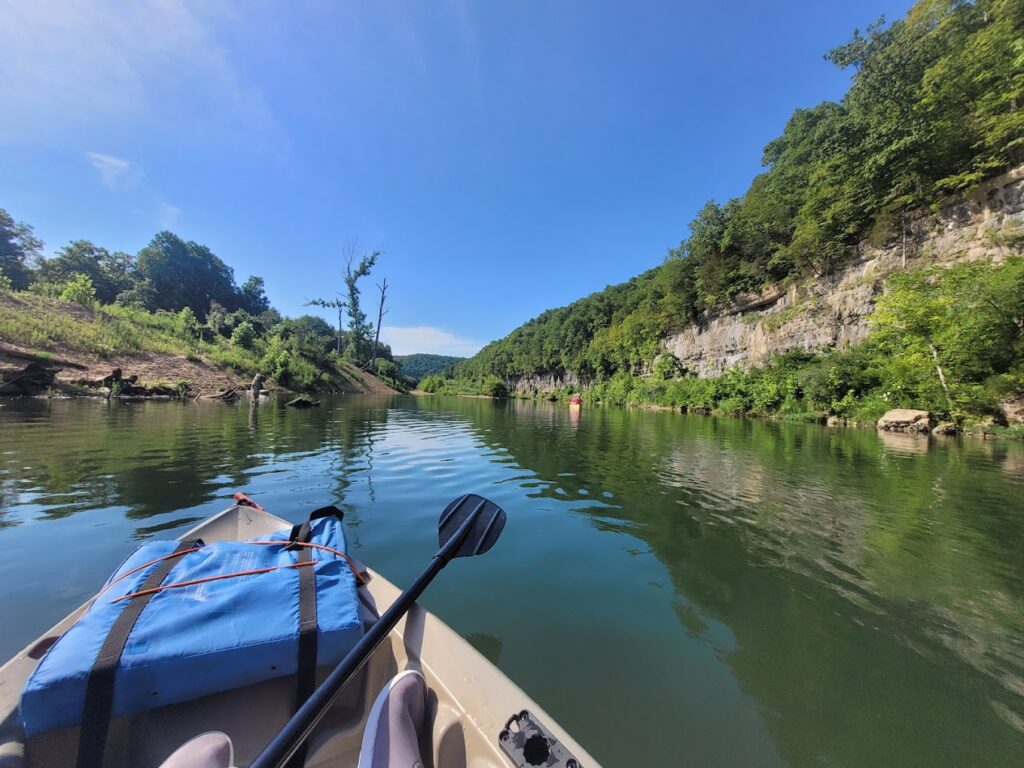
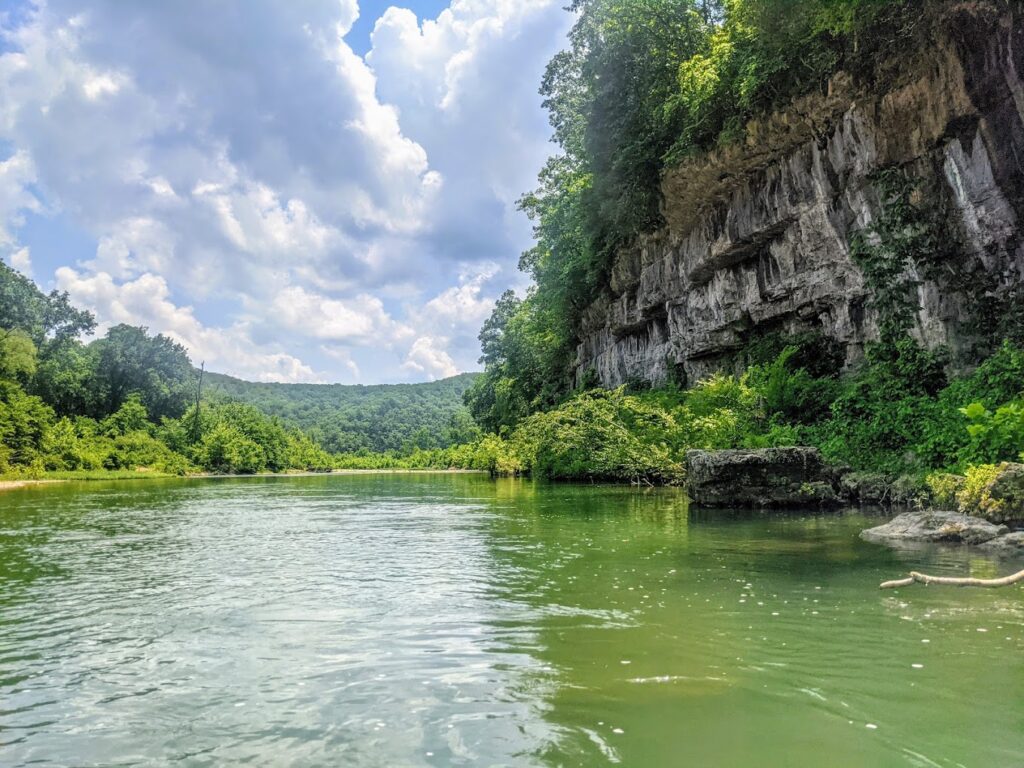
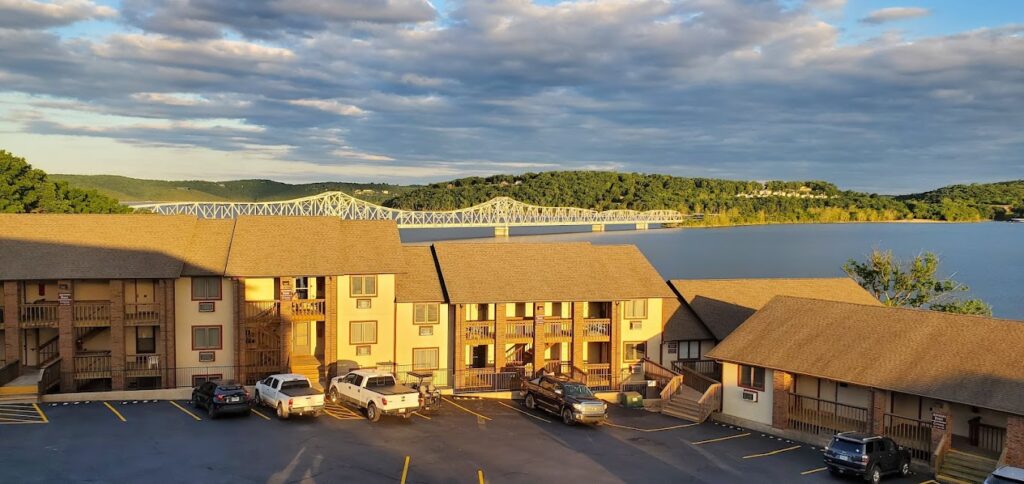
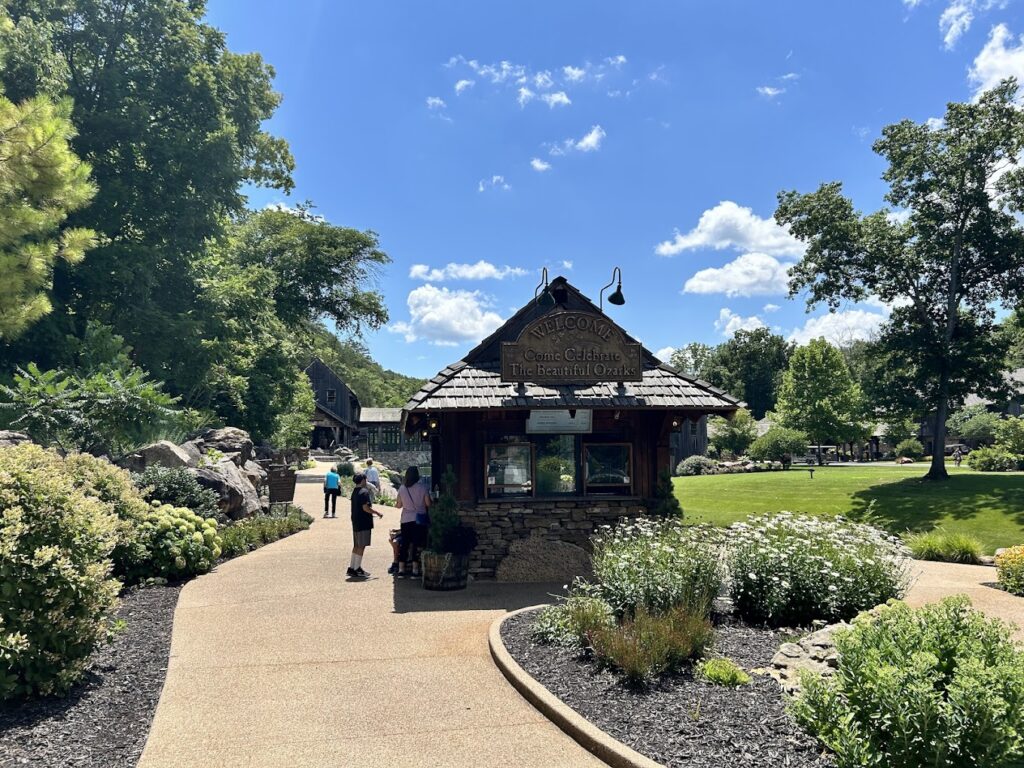
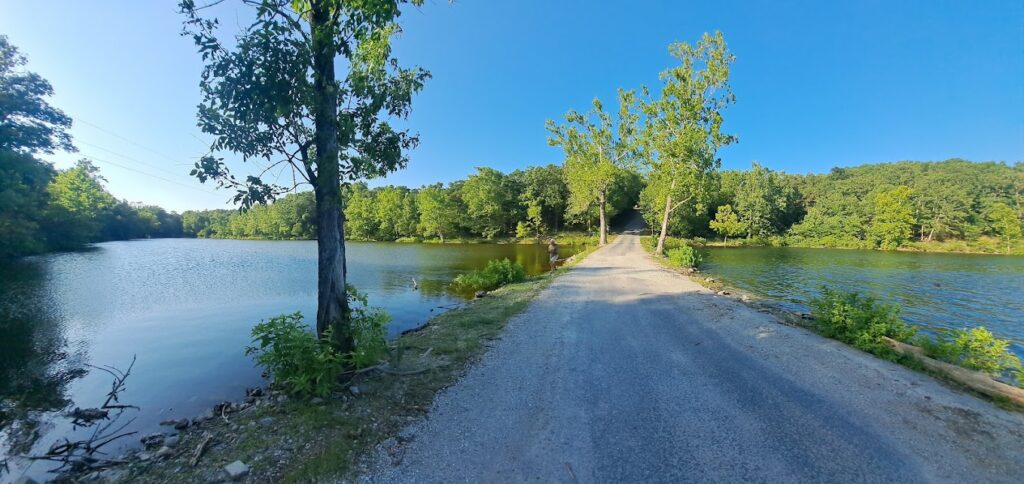
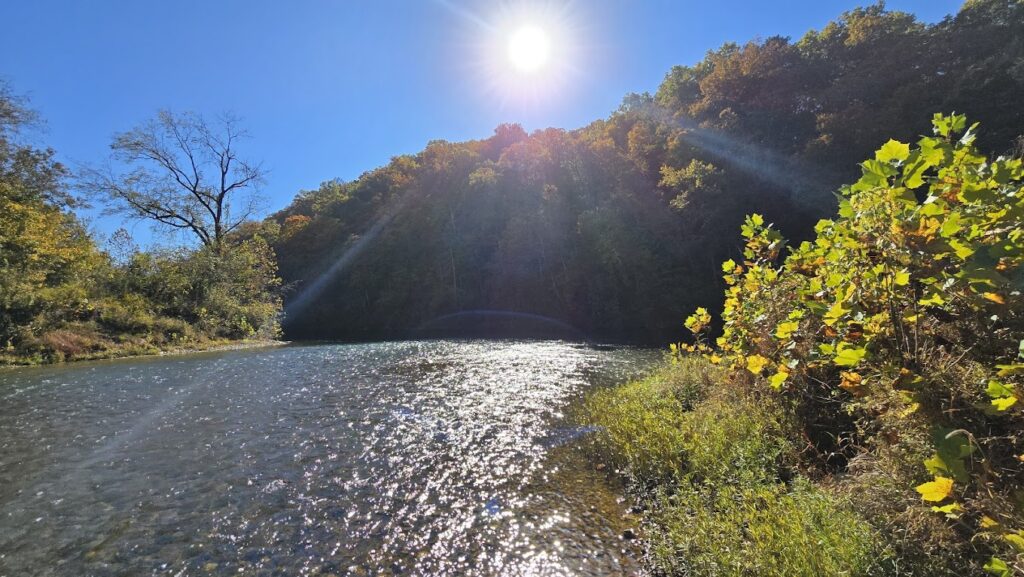
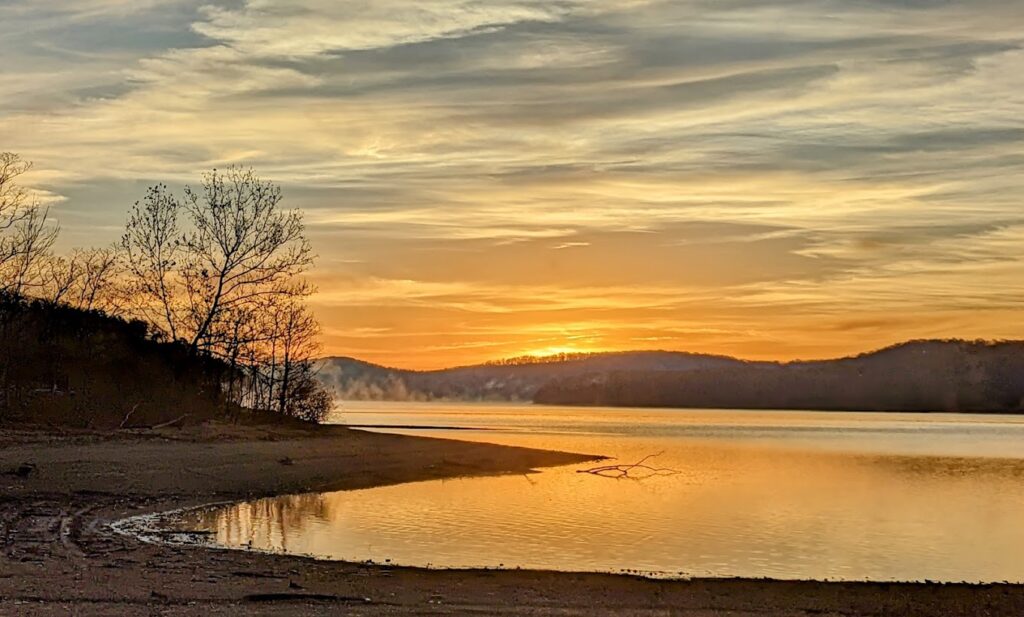
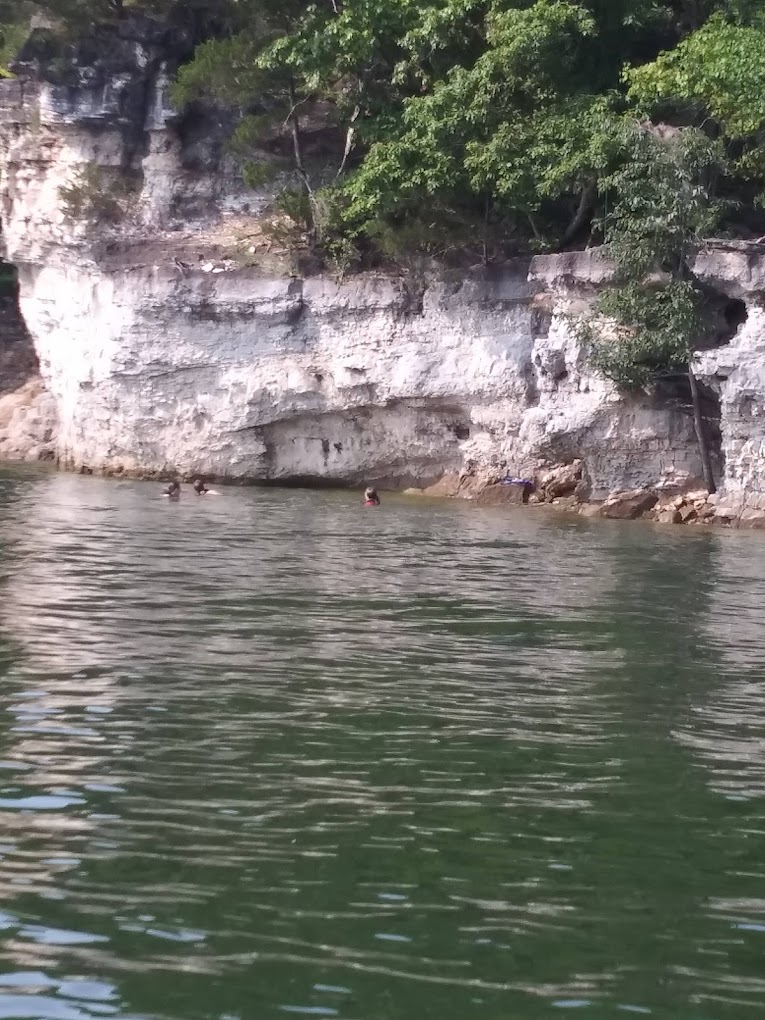
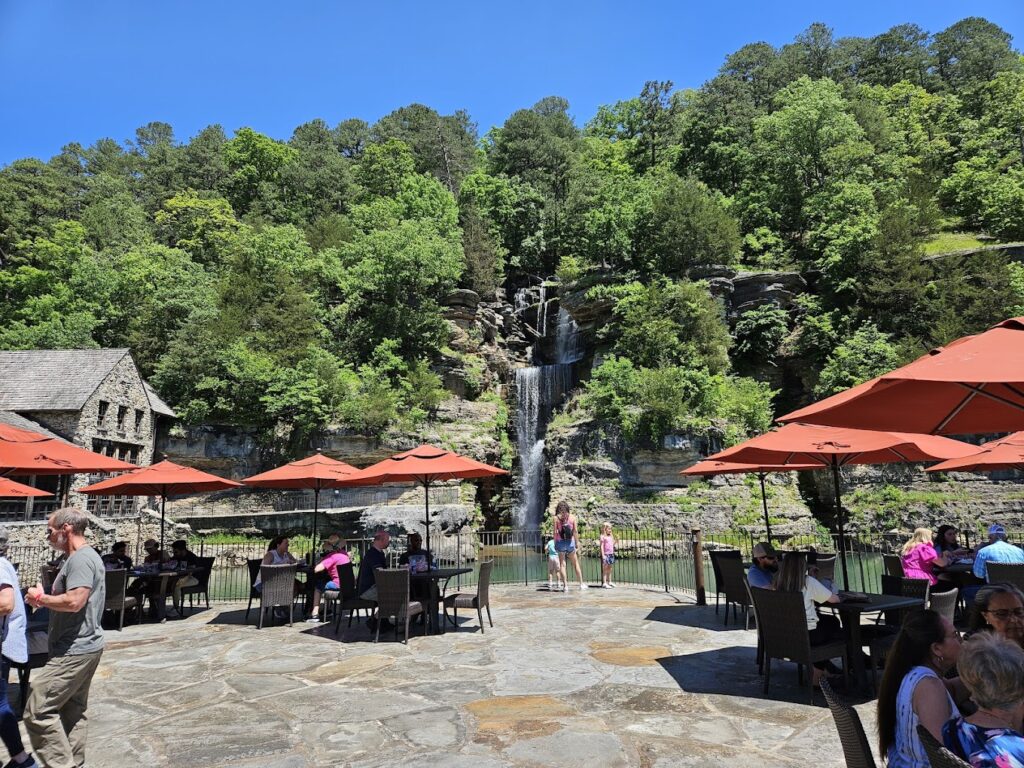
Quick Information:
| Category | Highlights | Recommendations & Tips |
| Hiking & Backpacking | Trails for all skill levels; scenic vistas; historic routes | Explore sections of the Ozark Trail, Taum Sauk Mountain State Park trails, and Dogwood Canyon routes. Bring sturdy boots, layered clothing, and plenty of water. |
| Water Adventures | Canoeing, kayaking, fishing on clear, spring-fed rivers | Try a paddle trip on the Current or Eleven Point River. Rent gear from local outfitters, check for required permits, and always wear a life jacket. |
| Caving & Spelunking | Natural caves hidden in a karst landscape; guided and wild caving options | For beginners, join a guided cave tour. Experienced adventurers can opt for wild caving—but always use proper gear and follow safety guidelines. |
| Camping & Stargazing | Wide range of options from developed campgrounds to free dispersed camping; amazing night skies | Reserve campsites ahead during peak seasons or enjoy free dispersed camping for a rustic experience. Pack essentials, follow Leave No Trace principles, and enjoy minimal light pollution. |
| Scenic Drives | Quiet, picturesque byways showcasing rolling hills, forests, and far-reaching overlooks | Take a drive along the Blue Buck Knob Scenic Byway or the Glade Top Trail. Stop for picnics at designated overlooks to fully absorb the beautiful scenery. |
| Planning & Logistics | Year-round destination with distinct seasonal charms; accessible by car from major Missouri cities | Spring offers blooming wildflowers, summer is perfect for water activities, fall brings vibrant colors, and winter provides quiet solitude. Plan your route, book accommodations, and pack appropriately. |
A Tapestry of Diverse Landscapes and Natural Wonders
The Mark Twain National Forest lies predominantly within the Ozark Highlands, an ancient landscape characterised by a unique blend of geological and ecological features. Here, visitors can discover large permanent springs, over 5,000 caves, distinctive rocky barren glades, and old volcanic mountains, all interwoven with nationally recognised streams. The forest marks a fascinating ecological convergence where eastern upland oak hardwood and southern pine forests meet the drier western bluestem prairie of the Great Plains, resulting in a distinctive array of open grassy woodlands and savannas.
The Ozarks are renowned for hosting the world’s largest collection of “first magnitude” springs, those boasting over 65 million gallons of daily water flow. Nearly 3,000 springs feed the forest’s numerous rivers and streams, many of which maintain a crystal-clear quality, making even ten feet of depth appear deceptively shallow. Among these natural wonders is Greer Spring, the second-largest spring in Missouri and the largest found on National Forest land. Discharging an average of 360 cubic feet of water per second, it more than doubles the flow of the nearby Eleven Point River and is often considered the most pristine and scenic spring in the state. At Cowards Hollow Natural Area, visitors can also encounter unusual geological formations such as a chert shut-in and chert cliffs.
For those seeking scenic drives, the forest offers several captivating National Forest Scenic Byways. The Glade Top National Forest Scenic Byway, stretching for 23 miles along narrow ridge tops, provides breathtaking panoramic views of the surrounding Ozark landscape, particularly noted for its beautiful limestone and dolomite glades that burst into vibrant wildflowers in late spring and early summer. Seven overlooks along this route offer opportunities to pause and soak in vistas that can extend as far as the Springfield Plateau and the Boston Mountains. The Blue Buck Knob National Forest Scenic Byway, a 24-mile route, meanders through a more intimate setting of farmland, open pastures, and densely wooded hillsides, offering a charming glimpse into the rural character of the Ozarks. Additionally, the Sugar Camp National Forest Scenic Byway presents another 28-mile opportunity to experience ridge-top views and natural beauty.
A truly exceptional natural experience awaits at the Eleven Point National Wild and Scenic River, established in 1968 as one of the first such rivers in the nation. This 44-mile stretch of pristine waterway flows freely through largely undeveloped shoreline and watershed, meandering past picturesque Ozark hills, towering bluffs, and lush forested valleys.
A Paradise for Outdoor Enthusiasts
The Mark Twain National Forest is a veritable playground for outdoor recreation, boasting an extensive network of over 750 miles of trails catering to hikers of all abilities. The renowned Ozark Trail, a long-distance path eventually planned to stretch 500 miles, currently has over 250 miles completed within the forest, offering immersive backpacking experiences through the heart of the Ozarks. Popular day hikes include the Berryman Trail, a 27-mile loop showcasing diverse forest features, the Greer Springs Trail, leading to the stunning spring, and the Bell Mountain Loop, known for its panoramic views.
For those who prefer to sleep under the stars, the forest offers numerous campgrounds with a range of amenities to suit different needs, from developed sites with electric hookups and restrooms to more primitive campgrounds for a secluded experience. Equestrian campers will find dedicated facilities at Bar-K Wrangler Camp. Popular campgrounds include Cobb Ridge Recreation Area, near the Chadwick OHV trails, Council Bluff Recreation Area, the largest lake in the forest offering various recreational activities, and Red Bluff Campground, situated near Huzzah Creek. For the truly adventurous, dispersed camping is permitted in many areas, allowing for a more intimate connection with the wilderness.
Anglers will discover a wealth of opportunities in the forest’s numerous rivers, streams, and lakes. Popular fishing spots include Council Bluff Lake, Logger’s Lake, the Black River, Huzzah Creek, and the St. Francis River, each offering a chance to catch various species such as bluegill, bass, and catfish. While not within the national forest itself, the nearby Mark Twain Lake is also a well-known destination for fishing enthusiasts.
Beyond hiking and angling, the Mark Twain National Forest provides a diverse array of other recreational pursuits. Horseback riding is permitted on many designated trails, allowing equestrians to explore the scenic backcountry. Mountain biking enthusiasts will find numerous trails catering to different skill levels. For off-road adventurers, designated areas like the Chadwick Motorized Trails System and the Sutton Bluff Recreation Area offer miles of trails for ATVs, UTVs, and motorcycles. With its abundance of waterways, the forest is a prime location for boating, canoeing, kayaking, tubing, and swimming, especially along the Eleven Point River and in various lakes. Even the modern pastime of geocaching can be enjoyed within the forest’s boundaries.
The diverse ecosystems of the Mark Twain National Forest support a rich array of wildlife, with over 650 native species calling it home. Visitors might encounter white-tailed deer, wild turkeys, and, with a bit of luck, black bears. Birdwatchers can look for the majestic bald eagle, particularly in winter along the larger rivers, and in the southwestern regions, the elusive roadrunner. The forest’s flora is equally diverse, ranging from extensive stands of oak and hickory to significant areas of shortleaf pine, creating a variety of habitats, including open grassy woodlands and savannas. In springtime, the forest floor comes alive with a spectacular display of wildflowers, with the glades and the Greer Spring Trail being particularly renowned for their floral beauty.
Unveiling Key Attractions and Hidden Gems
The Mark Twain National Forest is dotted with captivating attractions and landmarks that offer unique experiences:
- Greer Spring: As the second-largest spring in Missouri, it’s a must-see for its breathtaking beauty and significant water flow. A scenic hike leads to the pristine, aqua-blue waters emerging from a steep ravine.
- Eleven Point National Wild and Scenic River: This 44-mile stretch of pristine river is ideal for canoeing, kayaking, and fishing amidst largely undeveloped shoreline and picturesque scenery.
- Falling Springs Picnic Area and Mill: This site features a spring emerging from a bluff, cascading down as a waterfall that once powered two mills. The standing mill and a nearby 100-year-old log cabin offer a glimpse into the past.
- Markham Springs Recreation Area: Here, visitors can find bubbly springs, a historic pond, and the Fuchs House, all nestled within a dense forest.
- Noblett Lake and Greer Mill: Noblett Lake provides a peaceful retreat for fishing and boating, with remnants of a CCC camp nearby. Greer Mill, dating back to 1859, showcases a fascinating water-powered system.
- Seven Congressionally-designated Wilderness Areas: These areas, including Bell Mountain, Rock Pile Mountain, Irish, Paddy Creek, Hercules Glades, Devils Backbone, and Piney Creek, offer unparalleled opportunities for primitive exploration and solitude.
Planning Your Affordable Ozark Adventure
Planning a visit to the Mark Twain National Forest ensures a smoother and more enjoyable experience:
- Best Time to Visit: The forest offers distinct experiences throughout the year. Spring brings wildflowers and swollen rivers. Summer is ideal for water activities and camping. Fall showcases vibrant foliage and cooler hiking weather. Winter offers quiet solitude and crisp, clear skies.
- Getting There: The forest is accessible from major Missouri cities like St. Louis, Springfield, and Branson, typically a few hours’ drive away.
- Accommodation: Options range from over 35 campgrounds within the forest to numerous dispersed camping sites for a more rustic experience. Affordable motels, cabins, and RV parks are also available in nearby towns. Reservations for popular campgrounds through Recreation.gov are recommended, especially during peak seasons.
- Permits and Fees: Check for any required permits for river activities or off-road vehicle use. While general access to the forest is free, certain activities, such as riding ATVs/UTVs/motorcycles on designated trails, require permits. Some developed recreation sites and campgrounds also charge day-use and overnight fees, typically ranging from a few dollars for day use to around $10-$30 per night for camping. An annual day-use pass is available.
- Packing Essentials: Essential items include hiking gear (boots, layers, hat), camping essentials (tent, sleeping bag, stove), water activity gear (life jackets, waterproof bag), and navigation tools (map, compass/GPS).
- Leave No Trace: Adhering to Leave No Trace principles is crucial for preserving the forest’s natural beauty. This includes planning ahead, properly disposing of waste, minimizing campfire impact, and respecting wildlife and other visitors.
- Visitor Information: The Forest Supervisor’s Office in Rolla, MO, serves as a central point of contact. Several Ranger District offices are also located throughout the forest, providing local information and assistance.
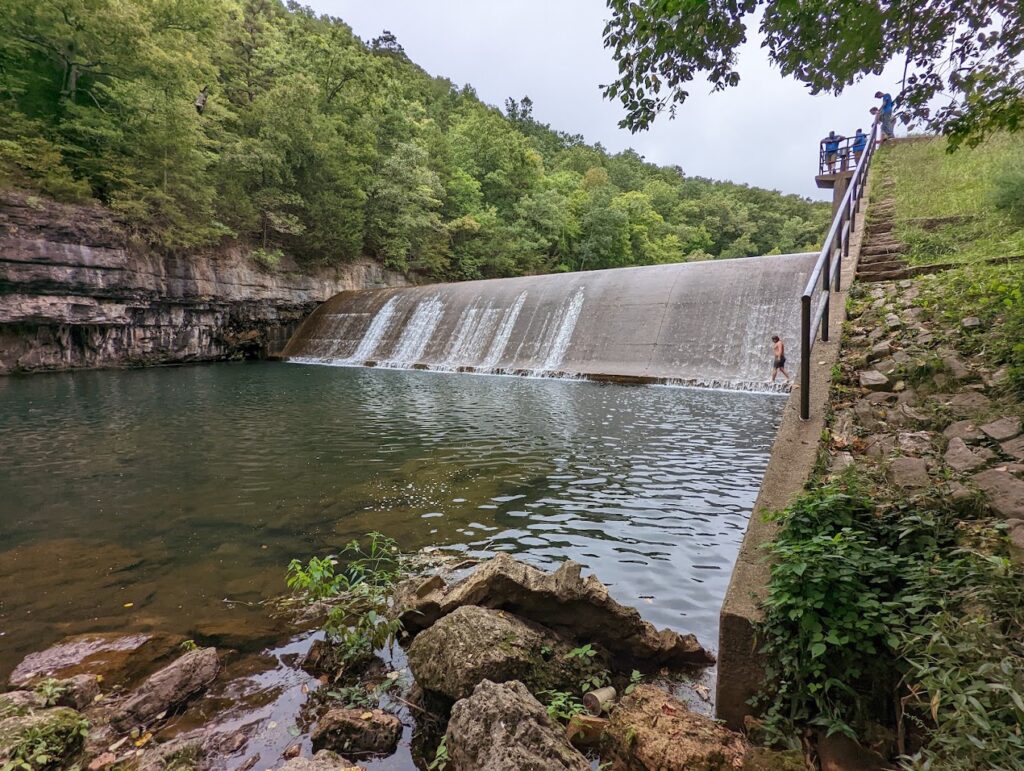
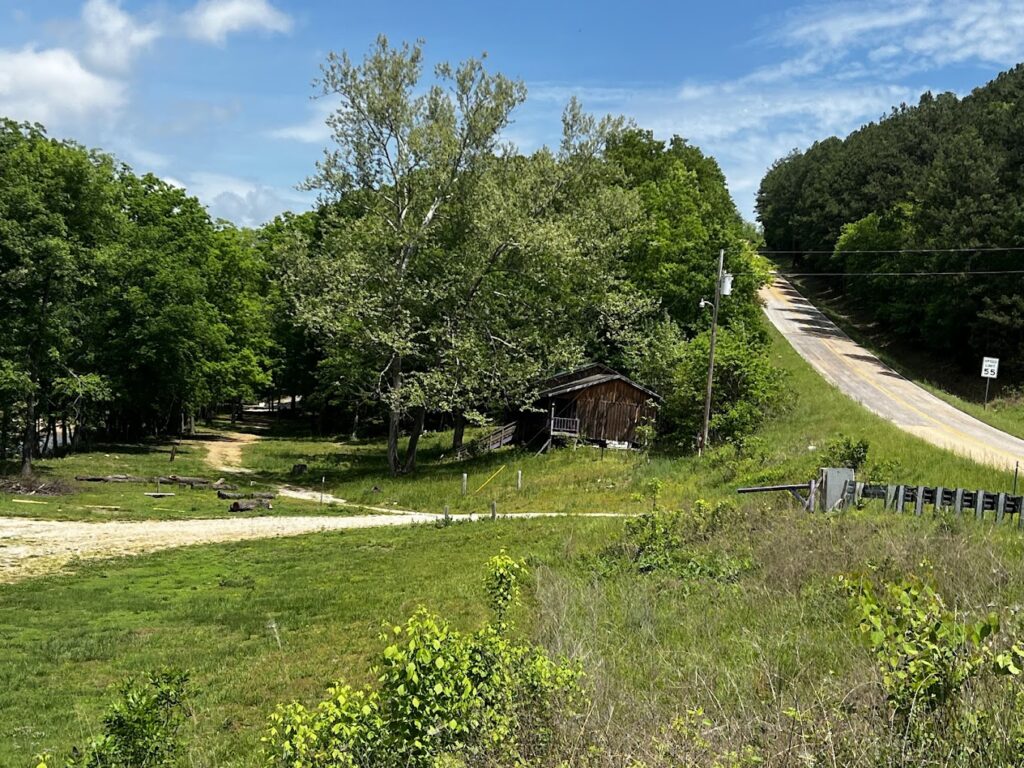
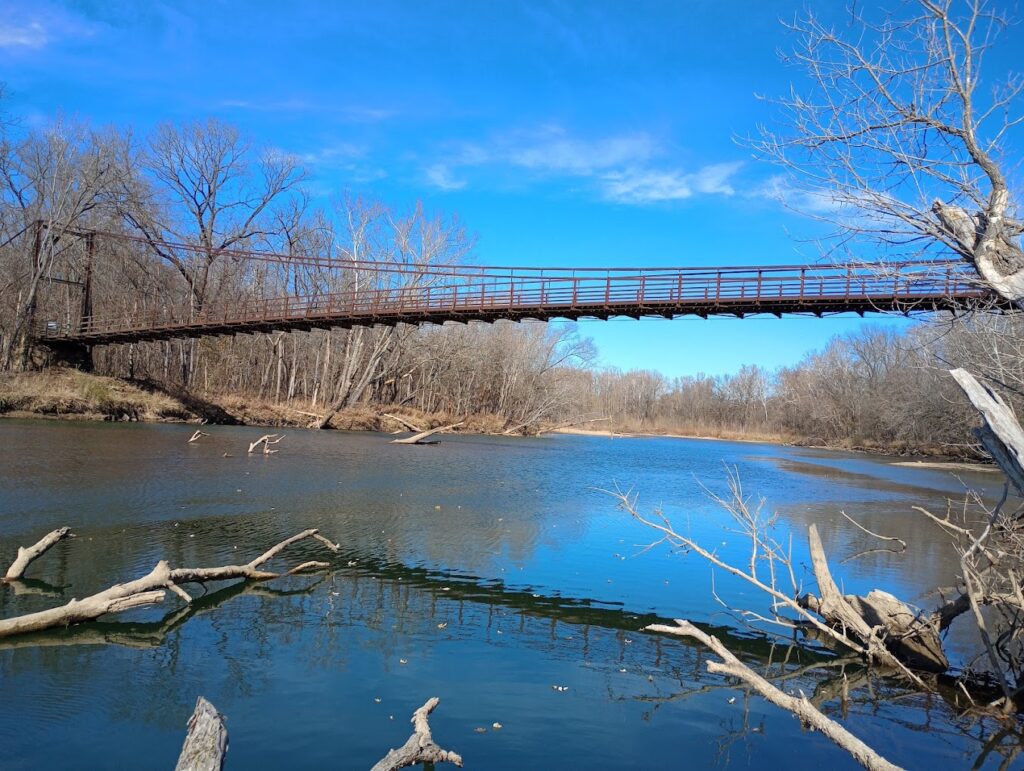
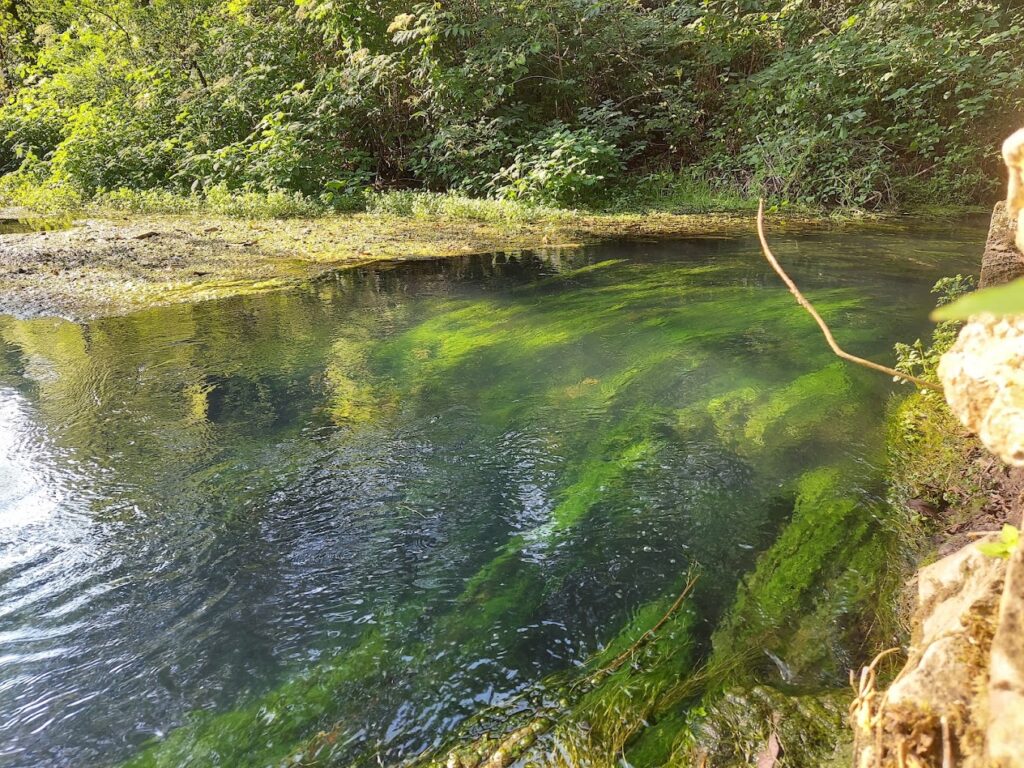
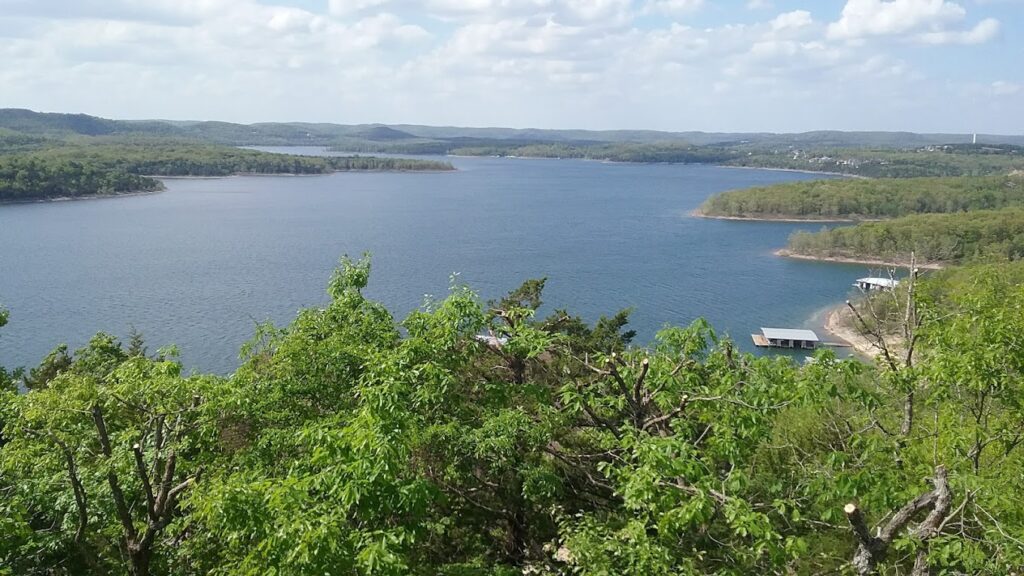
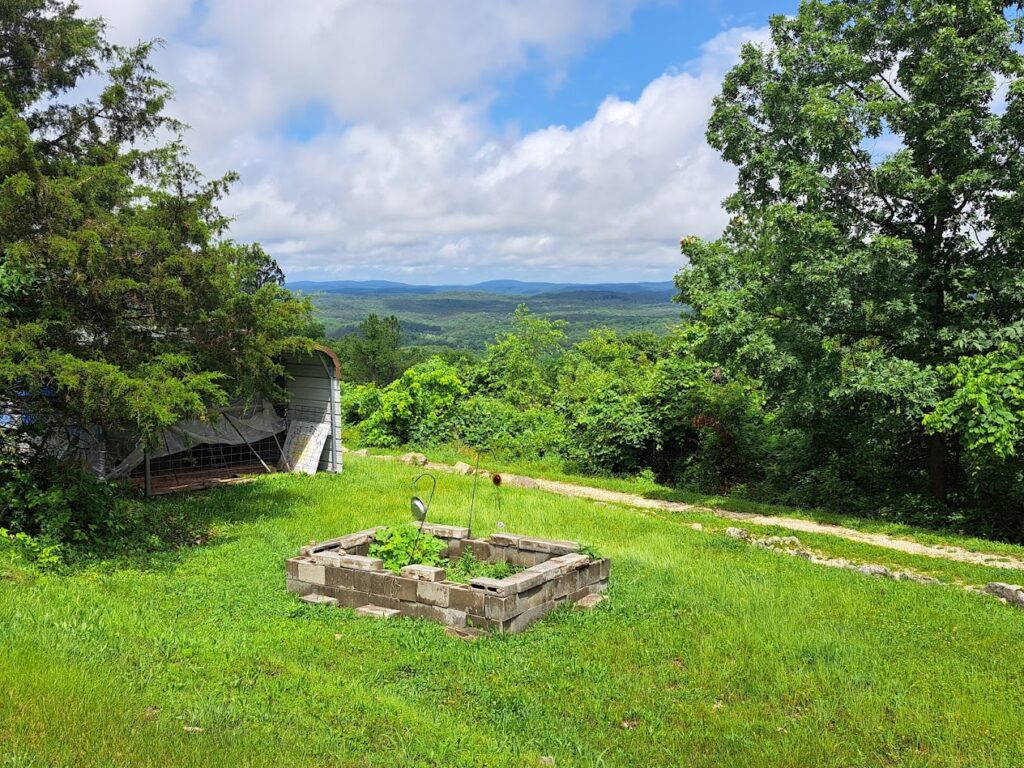
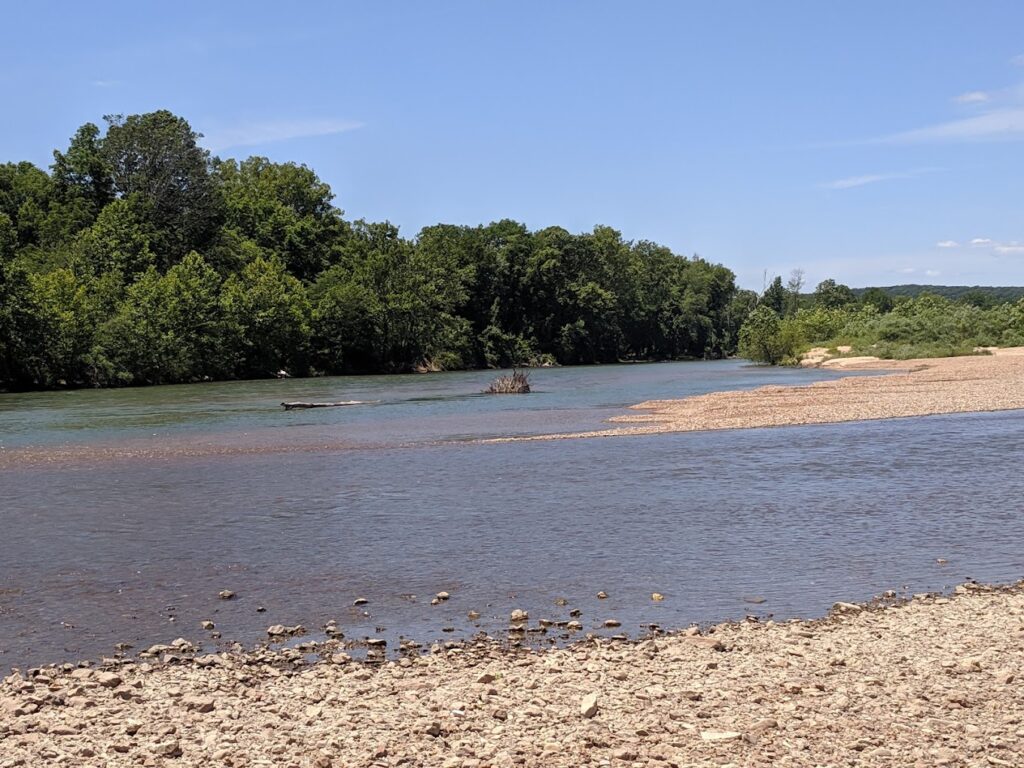
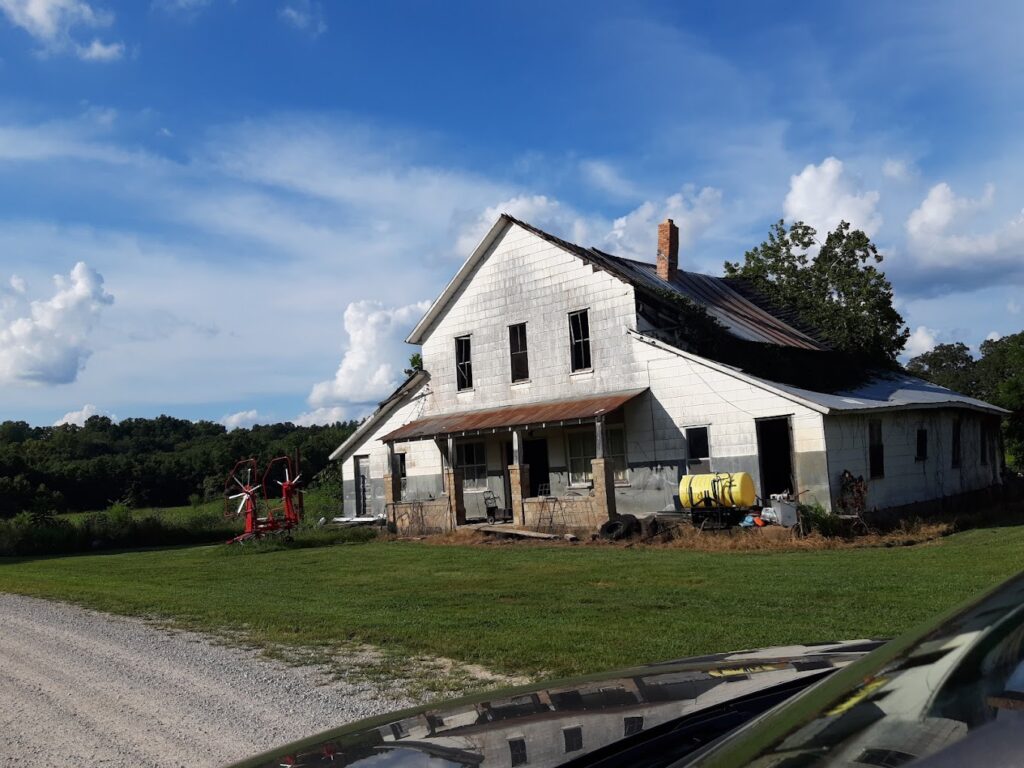
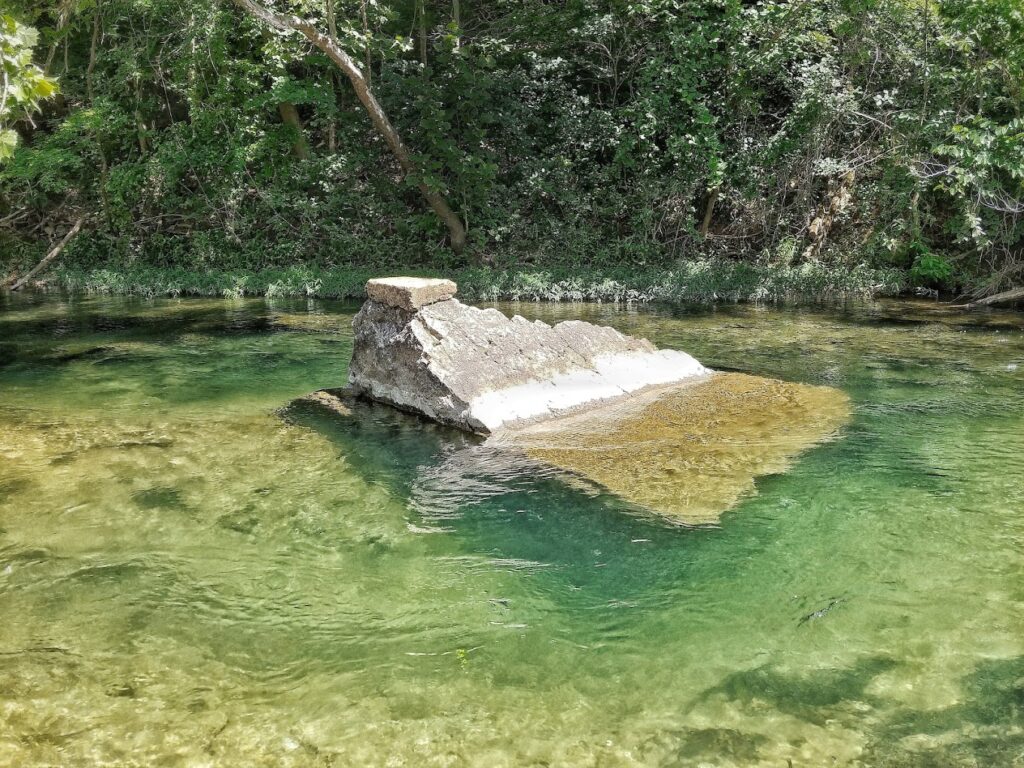
The Vital Role of Conservation
Organizations like The Conservation Fund, in collaboration with the U.S. Forest Service (USFS), play a crucial role in protecting land within and around the Mark Twain National Forest. Their efforts have helped protect water quality, forest habitat for animal and plant species, and the land’s natural beauty. A significant focus has been the protection of properties along the Current River, ensuring public access and preserving the scenic, cultural, and natural assets of this vital waterway. Financial support from organizations like the American Bird Conservancy has been critical in these conservation endeavors. These ongoing collaborations underscore the commitment to maintaining the ecological integrity and recreational value of the Mark Twain National Forest for future generations.
FAQ’s
- What is the Mark Twain National Forest and where is it located?
The Mark Twain National Forest (MTNF) is Missouri’s only national forest, encompassing approximately 1.5 million acres of public land across 29 counties in the southern half of the state. It stretches from the St. Francois Mountains in the southeast to dry rocky glades in the southwest. The forest is characterised by the rugged Ozark Mountains, abundant springs (including the significant Greer Spring), over 5,000 caves, rocky glades, forested hills, old volcanic mountains, and over 350 miles of pristine streams. The forest is divided into nine disconnected parcels managed across six ranger districts, with its headquarters located in Rolla, Missouri.
- What are some of the key natural attractions within the Mark Twain National Forest?
The MTNF boasts a variety of natural wonders. Notable attractions include Greer Spring, the second-largest spring in Missouri and the largest on National Forest land, discharging an average of 360 cubic feet of water per second. This volume more than doubles the flow of the nearby Eleven Point River. The Eleven Point National Wild and Scenic River offers 44 miles of largely undeveloped shoreline perfect for water activities. Scenic drives such as the Glade Top National Forest Scenic Byway, stretching for 23 miles along narrow ridge tops, provide breathtaking panoramic views. This byway features beautiful limestone and dolomite glades. The Blue Buck Knob National Forest Scenic Byway, a 24-mile route, meanders through a more intimate setting of farmland and wooded hills. Other highlights include the Falling Springs Picnic Area and Mill, where a spring-fed waterfall once powered mills, historic mills like Greer Mill, Noblett Lake, a peaceful retreat for fishing and boating, and unique geological formations at Cowards Hollow Natural Area. The forest also contains seven Congressionally-designated Wilderness Areas.
- What types of recreational activities are available in the Mark Twain National Forest?
The forest offers a wide array of outdoor recreational opportunities throughout the year. Hiking is popular with over 750 miles of trails, including sections of the Ozark Trail. Water enthusiasts can enjoy canoeing, kayaking, swimming, and fishing in the forest’s numerous rivers, streams, and lakes, such as the Current and Eleven Point Rivers and Council Bluff Lake. The Eleven Point River is a 44-mile floatable river. Horseback riding is permitted on many designated trails. Mountain biking and off-road vehicle use (ATVs, UTVs, motorcycles) are available in specific designated areas like the Chadwick Motorized Trails System and the Sutton Bluff Recreation Area. Camping options range from developed campgrounds with amenities to more secluded dispersed camping. The forest is also suitable for nature viewing, birdwatching, and even geocaching. Fishing is a popular activity in various rivers and lakes, with species like bluegill, bass, and catfish.
- Are there designated scenic driving routes within the Mark Twain National Forest?
Yes, the Mark Twain National Forest features several designated scenic byways that allow visitors to appreciate its beauty by car. The Glade Top National Forest Scenic Byway is a 23-mile route along narrow ridge tops, offering expansive views and showcasing unique limestone and dolomite glades, particularly vibrant with wildflowers in late spring and early summer. The Blue Buck Knob National Forest Scenic Byway provides a more intimate 24-mile drive through farmland and wooded hills. The Sugar Camp National Forest Scenic Byway is another option for experiencing ridge-top views along its 28-mile course.
- Does the Mark Twain National Forest have a significant history?
Yes, the Mark Twain National Forest has a history rooted in both resource use and conservation. The region experienced extensive logging in the late 19th century. However, conservation efforts in the early 1930s led to the establishment of purchase units, culminating in the forest’s proclamation in 1939. It was later combined with the Clark National Forest in 1976. The Civilian Conservation Corps (CCC) played a vital role in the forest’s early development, building roads and planting trees. The forest is named after Missouri’s famous author, Mark Twain, connecting it to the state’s cultural heritage. Remnants of old mills and CCC constructions can still be found within the forest.
- What is the role of conservation efforts in the Mark Twain National Forest?
Conservation is a central theme in the history and ongoing management of the Mark Twain National Forest. Following significant logging, the establishment of the forest itself was a key conservation measure. Today, collaborative efforts between organisations like The Conservation Fund and the U.S. Forest Service (USFS) continue to protect important lands within and bordering the forest. These efforts focus on preserving water quality, forest habitat for animal and plant species, and natural beauty. This often involves working with private landowners and utilising funding sources like the Land and Water Conservation Fund (LWCF). The Conservation Fund has helped protect more than 2,000 acres of land at Mark Twain National Forest, with a major focus on properties along the Current River.
- Are there different types of wilderness areas within the Mark Twain National Forest?
Yes, the Mark Twain National Forest contains seven Congressionally-designated Wilderness Areas: Bell Mountain, Rock Pile Mountain, Irish, Paddy Creek, Hercules Glades, Devils Backbone, and Piney Creek. These areas offer opportunities for primitive recreation, exploration, and solitude in largely untouched natural environments.
- What should visitors know about planning a trip to the Mark Twain National Forest?
Visitors should be aware that the forest spans a large area and consists of disconnected parcels, requiring careful planning of routes. The best time to visit varies by season, with spring offering wildflowers, summer ideal for water activities, fall showcasing vibrant foliage, and winter providing a quieter experience. Reservations for popular campgrounds should be made in advance through Recreation.gov. Depending on the activity, permits or fees may be required, particularly for off-road vehicle use and some recreation areas. It’s essential to pack appropriately for outdoor activities, including hiking gear, camping equipment if needed, and navigation tools. Adhering to Leave No Trace principles is crucial to help preserve the forest’s natural beauty. Information on specific trails, camping locations, and regulations can be found on the U.S. Forest Service website for the Mark Twain National Forest. The Forest Supervisor’s Office is located in Rolla, MO.
- Are there any fees or permits required to access or use the Mark Twain National Forest?
General access to the forest is free. However, certain activities require permits or fees. Riding ATVs, UTVs, and motorcycles on designated trails (like the Chadwick and Sutton Bluff areas) requires permits. Sometimes, mountain biking on designated trails may also require permits. Day-use fees apply at some developed recreation areas (e.g., Lane Spring, Red Bluff, Council Bluff, Noblett Lake), typically ranging from $2-$5 per vehicle, and an annual pass is available. Camping fees vary by campground and amenities, generally ranging from $10-$30 per night.
- Where can I find maps and more information about the Mark Twain National Forest?
The Forest Supervisor’s Office in Rolla, MO, serves as a central point of contact. Several Ranger District offices are located throughout the forest, providing local information. You can pick up maps and information at visitor centres. The official Mark Twain National Forest website is a valuable resource. The U.S. Forest Service Map Directory can show available maps. Websites like Visit Missouri and Explore the Ozarks also provide information.
- What kind of wildlife and plant life can I expect to see in the Mark Twain National Forest?
The diverse ecosystems of the Mark Twain National Forest support a rich array of wildlife, with over 650 native species. Visitors might encounter white-tailed deer and wild turkeys. Birdwatchers may see the majestic bald eagle, particularly in winter, and the elusive roadrunner in the southwest. Black bears also inhabit the forest, although sightings are less frequent. The forest’s flora is equally diverse, ranging from extensive stands of oak and hickory to significant areas of shortleaf pine. Springtime brings a spectacular display of wildflowers, with the glades and the Greer Spring Trail being particularly renowned.
- What are the Leave No Trace principles I should follow in the Mark Twain National Forest? It’s important to respect nature by following Leave No Trace principles. This includes planning ahead and preparing, travelling and camping on durable surfaces, disposing of waste properly (pack it in, pack it out), minimizing campfire impacts, leaving what you find, respecting wildlife, and being considerate of other visitors.
Your Invitation to Explore
The Mark Twain National Forest stands as a testament to the natural beauty and recreational richness of the Missouri Ozarks. Far from being a mere expanse of trees and trails, it is an invitation to experience authentic wilderness adventures on a budget. With a diverse array of activities, from Ozark hiking and river rafting to cave exploring and camping under starlit skies, every moment spent here promises a unique and memorable experience. Embrace the rich history, immerse yourself in the vibrant landscapes, and discover the affordable luxury of nature without the overwhelming crowds. So, heed the call of the wild, dust off your boots, pack your gear, and let the hidden trails and sparkling rivers of the Mark Twain National Forest guide you to your next unforgettable adventure.
For more articles and updates go to: https://xploreheaven.com/blogs-updates/
Mark Twain National ForestMark Twain National Forest (MTNF) is a U.S. National Forest located in the southern half of Missouri, composed of nine disconnected parcels. MTNF was